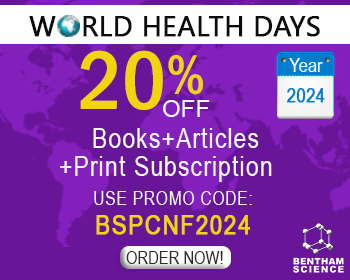Abstract
The vitamin D nuclear receptor (VDR) and its ligand, 1α, 25-dihydroxyvitamin D3 (1,25(OH)2D3, or calcitriol) regulate numerous biological functions. Therefore, VDR represents an important therapeutic target in the treatment of various diseases such as cancers, psoriasis, rickets, renal osteodystrophy, and autoimmune dysfunctions. Despite the number of newly synthesized 1,25(OH)2D3 analogues, the need for highly potential modulators of VDR with precise cell-, gene- or coregulator-selectivity still exists. The information coming from the analysis of crystal structures of VDR-ligand complexes remains one of the most powerful tools to explain and validate the properties of the compounds and, furthermore, to gain new rationales for their modification. The number of reports on VDR-ligand recognition is constantly rising, and herein we review the recently published structural data. With the emphasis on the most promising compounds, such as secosteroidal compounds and 1,25(OH)2D3 mimics, we also highlight other natural ligands for VDR, evidence for the existence of an alternative ligand binding site within LBP, and identification of novel VDR modulators.
Keywords: Ligand-binding domain, Ligand-binding pocket, Receptor activity modulation, Vitamin D receptor.


























